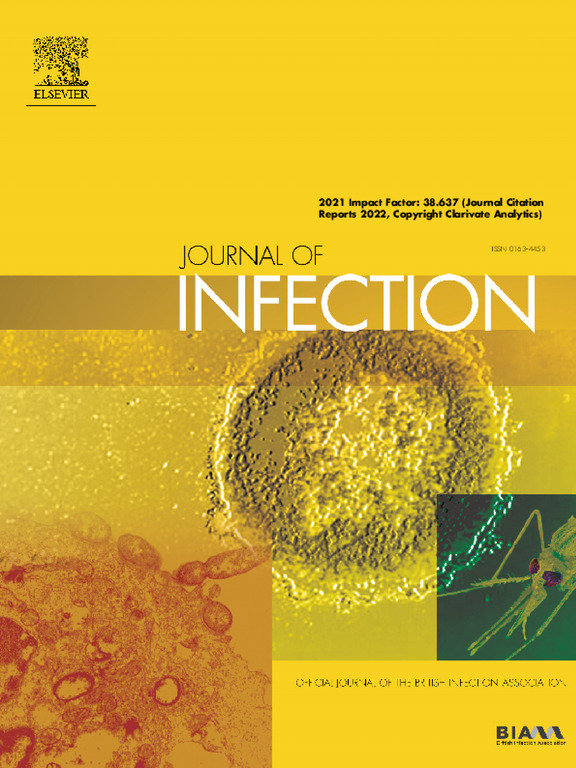使用机器学习方法循环lncrna作为严重登革热的生物标志物。
IF 14.3
1区 医学
Q1 INFECTIOUS DISEASES
引用次数: 0
摘要
目的:登革热病毒(DENV)感染是一个重大的全球卫生问题,造成严重的发病率和死亡率。虽然许多病例表现为轻度发热性疾病,但有些进展为危及生命的严重登革热(SD)。早期干预对改善结果至关重要,但目前的预测方法缺乏特异性,给流行地区的卫生保健系统带来负担。循环长链非编码rna (lncRNAs)已成为一种稳定且有前景的生物标志物。本研究探讨了lncrna作为SD的预测标记物的使用。方法:采用差异表达和qPCR阵列鉴定与SD相关的lncrna。对候选lncrna进行验证,并在入院时在越南登革热患者(n= 377)和健康对照(n=128)中测量其血浆水平。应用机器学习算法预测SD进展的概率。结果:该预测模型具有较高的敏感性和特异性,曲线下面积(AUC)为0.98 (95% CI: 0.96 ~ 1.0)。入院时,它准确地识别了18名患者中的17名,这些患者后来死亡为高风险,而传统的警告标志只标记了其中的9例。结论:我们的研究结果表明,这组lncrna具有预测SD的潜力,可以帮助减轻流行国家的医疗负担并改善患者管理。本文章由计算机程序翻译,如有差异,请以英文原文为准。
Circulating lncRNAs as biomarkers for severe dengue using a machine learning approach
Objectives
Dengue virus (DENV) infection is a significant global health concern, causing severe morbidity and mortality. While many cases present as a mild febrile illness, some progress to life-threatening severe dengue (SD). Early intervention is essential to improve outcomes, but current predictive methods lack specificity, burdening healthcare systems in endemic regions. Circulating long non-coding RNAs (lncRNAs) have emerged as stable and promising biomarkers. This study explored the use of lncRNAs as predictive markers for SD.
Methods
Differential expression and qPCR arrays were employed to identify lncRNAs associated with SD. Candidate lncRNAs were validated, and their plasma levels were measured in a cohort of Vietnamese dengue patients ( =377) and healthy controls (=128) at admission. Machine learning algorithms were applied to predict the probability of SD progression.
Results
The predictive model demonstrated high sensitivity and specificity, with an area under the curve (AUC) of 0.98 (95% CI: 0.96–1.0). At admission, it accurately identified 17 of 18 patients who later died as high-risk, compared to traditional warning signs, which flagged only 9 of these cases.
Conclusions
Our findings suggest that this panel of lncRNAs has the potential to predict SD, which could help reduce healthcare burden and improve patient management in endemic countries.
求助全文
通过发布文献求助,成功后即可免费获取论文全文。
去求助
来源期刊

Journal of Infection
医学-传染病学
CiteScore
45.90
自引率
3.20%
发文量
475
审稿时长
16 days
期刊介绍:
The Journal of Infection publishes original papers on all aspects of infection - clinical, microbiological and epidemiological. The Journal seeks to bring together knowledge from all specialties involved in infection research and clinical practice, and present the best work in the ever-changing field of infection.
Each issue brings you Editorials that describe current or controversial topics of interest, high quality Reviews to keep you in touch with the latest developments in specific fields of interest, an Epidemiology section reporting studies in the hospital and the general community, and a lively correspondence section.
 求助内容:
求助内容: 应助结果提醒方式:
应助结果提醒方式:


